×

×
Don't Miss Upcoming Promotions
Enter your email below to stay updated on our latest specials.
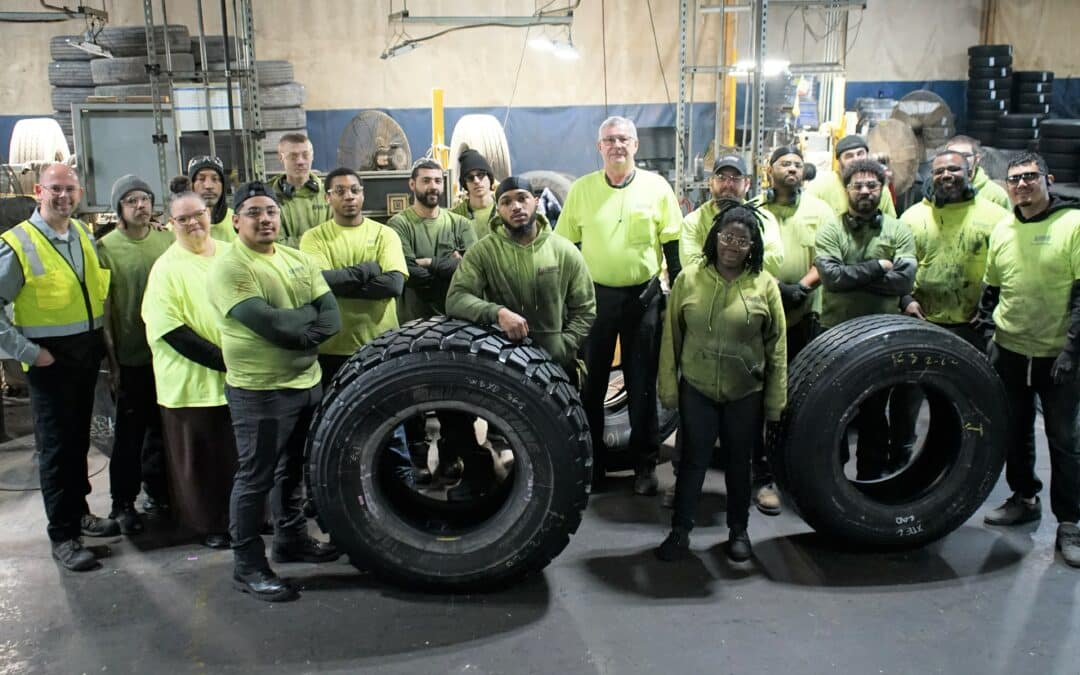
As a certified Michelin Retreader, Shrader Tire & Oil recently earned the highest audit scores in the industry.
With our nine-step manufacturing process, we ensure efficient and quality results. Our retreads are held to the highest standard and are inspected thoroughly – both digitally and by hand. To support our claims, all of our retreads are backed by a warranty.
Shrader Tire and Oil was a big winner at a recent Michelin awards banquet, winning multiple awards after the annual audit.
“STO made an extremely big splash,” said General Manager of Manufacturing and MDC Distribution Bob Watters. “By earning such high scores, both of the Shrader Tire and Oil plants exhibited our commitment to continuous improvement.”
MRT I, located in Melvindale, Mich., received a 100 percent Audit Safety Score. MRT II, located in Pemberville, Ohio, received a quality audit score of 98 percent.
Here’s a breakdown of the awards:
MELVINDALE BEST OF BEST ACHIEVEMENT AWARDS:
PEMBERVILLE BEST OF BEST ACHIEVEMENT AWARDS:
Contact Shrader Tire & Oil today at 800-859-6589 and ask about our retreads. You will be glad you did!

TOLEDO, Ohio (Aug. 12, 2022) — Interested in reducing downtime, lowering maintenance costs and extending your equipment life? Of course you are!
Healthy fluids are critical to the performance of a heavy-duty vehicle, whether it’s a long-haul truck or an excavator on a construction site. From the engine oil to the coolant to the transmission, gear and axle fluids, contaminants can interfere with a vehicle’s smooth and productive operation. In fact, fluid contamination is a leading cause of downtime and higher maintenance costs.
There’s a common misconception that, simply by changing out the fluids at the OEM’s recommended intervals, you are doing enough to ensure your fluids are clean. There are two issues with that. First, you are missing the opportunity to extend drains well beyond the manufacturer’s recommendation, which is increasingly possible with today’s diesel engine oils. Longer drain intervals are a key strategy in reducing maintenance costs. Secondly, contaminants in the oil can be indicators of problems elsewhere in the vehicle. For example, traces of metal such as copper or aluminum in the oil is a sign that some metal parts, bearings or components are experiencing wear and need to be inspected.
Those are among the reasons that Chevron and other lubricant suppliers wholeheartedly recommend a systematic, in-service fluid analysis program for fleets of all sizes, even small owner/operators, and across both on- and off-highway segments. A fluid analysis program is far easier to implement than you might think. And far from being an added expense, it is an investment that will likely pay you back in the form of reduced downtime, lower maintenance costs, and extended equipment life.
A fluid analysis program typically involves three parties: the fleet maintenance manager, a laboratory that actually performs the analysis, and a partner who can help you analyze the lab’s findings and determine the appropriate action – most likely your lubricant supplier. (Chevron provides this service to our customers free of charge.)
The fleet manager’s job is to take oil samples on a regular schedule and send them to the lab. To ensure you get reliable results, it’s important to follow proper sampling procedures and use the right equipment. Simply opening the drain plug and capturing whatever flows out is not going to give you satisfactory results. The oil may get contaminated from dirt in the environment or even lint from the rag used to open the plug (something we commonly see). The proper bottle, tubing and vacuum pump for obtaining samples are inexpensive and readily available from a variety of sources. For the best representation of the condition of the fluid, take samples from as close to the middle of the fluid reservoir as possible, rather than the top or the bottom. Newer vehicles have been designed to accommodate this.
Just as important as the quality of the sample is the data you provide with it. Make sure you have the accurate unit number and the name of the specific product being used, which the lab will match against its own sample.
Labs can turn the analysis around in as little as 24 hours if needed. You will receive a report that is color coded – red, yellow or green – depending on the severity of the findings. Green means you can continue to operate and monitor the equipment as usual. Yellow indicates some cautionary notes you should be aware of, and red means you have a problem that needs attention. One of the benefits of doing sampling on a regular schedule is that you can see trending over time and whether a problem is getting worse, making it easier to pinpoint the source. As noted earlier, you can share the findings with your lubricant provider, who can help you understand the report and should be able to help you determine what to do if the fluid or additives are showing signs of contamination, metal wear, or degradation.
While this type of program pertains primarily to engine oil, it’s worth quickly noting the importance of coolant analysis as well. Fortunately, it entails far fewer steps and can usually be done in-house. You can use test strips that match the specific coolant technology you are using to check the additive and Ph levels. You can use a refractometer to test the freeze point. The simple tests, however, are the “visual and smell” tests – if the color is close to the original when the fluid was installed, and the odor is not unusual, your coolant is probably in good shape.
Given the relatively low cost and the potentially high payback, it makes sense to invest in a fluid analysis program – a proven and effective way to make sure your equipment is in top operating condition and can perform beyond its life expectancy.
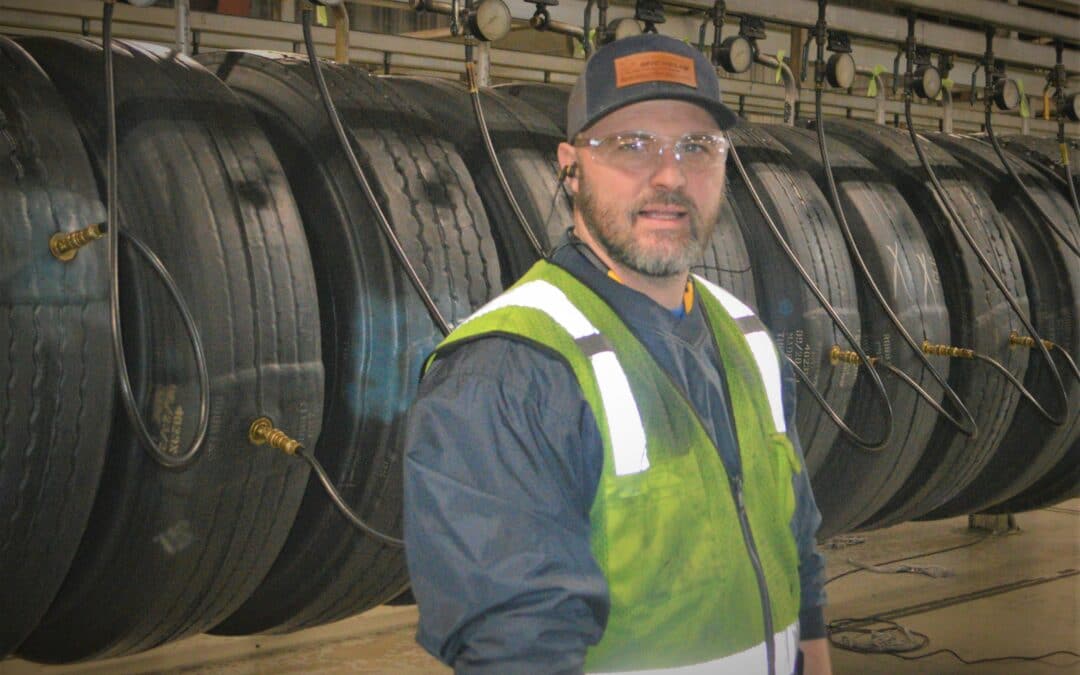
Retread tires are created by removing a worn-out tire tread and applying a new one, without having to deal with the components required to produce new casings. So, what’s the benefit to you, and why should they take the place of a new tires? To put it simply, retread tires are cheaper, of equal quality and performance, safe, environmentally friendly, and built to last.
Through the retread process, businesses are able to maintain lower production costs, ultimately leading to a lower price for consumers. Since new casings aren’t necessary, all efforts are able to focus solely on the production of new treads. Even though they are cheaper, their fuel efficiency, life span, and overall quality is equal to, if not better than, new tires.
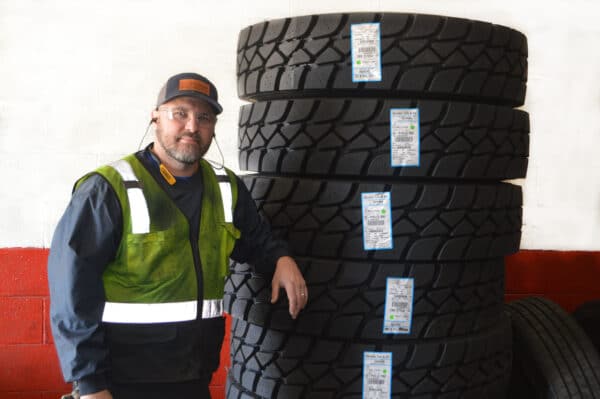
This is where Shrader Tire & Oil can step in. We are the solution to your retread tire needs. As a certified Michelin MRT Retreader, Shrader Tire & Oil recently earned the highest audit scores in the industry. With our nine-step manufacturing process, we ensure efficient and quality results. Our retreads are held to the highest standard and are inspected thoroughly – both digitally and by hand. To support our claims, all of our retreads are backed by a warranty.
Although the myths about retreading may seem alarming, according to the Managing Director of the Tire Retread & Repair Information Bureau (TRIB), studies indicate that retread tires are just as reliable and safe as new tires. As long as they are properly maintained, exactly like how you would with a new set of tires, they will be just as effective.
As more information is uncovered, the demand for retread tires is ever increasing. TRIB states that 89 percent of fleets with 500 trucks or more utilize them. However, it’s not only about the large fleets. As the retread process continues to evolve and improve, fleets across the country, both large and small, are recognizing the benefits of retreading. This is especially true for those considered a part of the last mile.
There is no better application for retread tires than when it comes to box trucks, delivery vans, and other light weight trucks. For companies such as UPS and FedEx, they are a necessity. With such high delivery rates, these types of trucks are constantly turning, accelerating, braking, and damaging their wheels. Retread tires are the most cost-effective solution to the high demand of tires in this industry. The bottom line is that retread tires are here to stay – and it’s for a good reason.
Contact Shrader Tire & Oil today at 800-859-6589 and ask about our retreads. You will be glad you did!

By SHAWN WHITACRE/For Chevron
With diesel fuel prices surging north of $5.00 per gallon across the country, fleet operators are looking for more ways to control their biggest operating expense by increasing fuel economy. Most likely you are already doing all you can to improve vehicle aerodynamics and keep tires properly inflated. But there is another, less obvious and often overlooked way to gain a few extra percentage points in fuel efficiency: your choice of an engine oil.
Let’s start with the weight or viscosity of the oil. To reduce fuel consumption, you need to reduce friction in all its forms throughout the vehicle. And one source of friction is the thickness of the oil. A 40-weight oil is going to put up more resistance within the engine than a 30-weight. So just by moving from a 15W-40 to a 10W-30 viscosity oil, you are going to reduce the resistance, or friction, caused by the oil. In doing so, you will have more horsepower available, which means you don’t have to force as much fuel into the engine to maintain your desired speed. This simple change in viscosity can translate to as much as a 1% improvement in fuel economy – which may sound small, but at today’s prices, it can add up to a substantial savings per truck per year across an entire fleet.
Many truckers tend to have more confidence in thicker oils because that is what they are used to. However, if a truck is no more than 10 to 15 years old, you can safely move to a lower weight oil without compromising on engine protection and performance. In fact, the major truck OEMs have been using 10W-30 oils as their factory fill since 2013, and most agree that today’s 10W-30 oils could be backwards compatible as far as the 2007 model year. With the potential fuel savings, switching to a lower viscosity oil definitely warrants consideration.
What about synthetics? You may see a small fuel economy gain by moving from a conventional oil or semi-synthetic “synblend” to a full synthetic oil. It won’t be as significant a gain as the change from a 40 to a 30-weight viscosity, but again, every increment counts in today’s economy.
Another potential source of fuel savings is improving the performance of the exhaust aftertreatment system, specifically the diesel particulate filter, or DPF. Many operators may not realize that the engine oil plays a critical role in the health of the DPF. Non-combustible metallic additives in the oil are the chief cause of unburned ash accumulation in the DPF, which impedes fuel economy in a couple of ways. As ash builds up and starts clogging the filter, it restricts the flow of exhaust. The resulting buildup of exhaust gases in the system causes backpressure, forcing the engine to work harder to push exhaust out, meaning the engine is going to burn more fuel just to operate normally. The engine loses horsepower in the process, and the driver’s natural impulse is to press harder on the gas pedal to compensate, causing fuel to burn even faster.
DPF clogging also leads to an increase in the number of forced regenerations required to burn out the soot that builds up along with the ash. If we estimate that every regen burns about one gallon of fuel with the truck in a stationary position, then more frequent regens are going to reduce fuel economy dramatically. Chevron research has found that the combination of backpressure and more frequent regens exacts a fuel economy “penalty,” or loss of 3% to 6% over the DPF service lifecycle.
The easiest solution to excessive ash accumulation in the DPF is an ultra-low ash oil. Chevron introduced the first such oil for heavy duty diesel engines, Delo® 600 ADF, which has been shown to reduce ash accumulation in the DPF by 60% and improve fuel economy retention by as much as 3%. Along with the potential fuel savings, using an ultra-low ash oil reduces DPF maintenance costs and regeneration downtime.
Let’s hope $5.00-plus diesel fuel is a temporary situation. But if and when inflation cools down, economists predict that prices are likely to remain higher than we were previously accustomed to for the long haul. Now is the time to take advantage of the latest lubrication technology to help offset the impact of rising fuel prices.
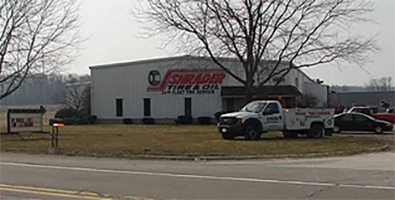
517.486.4633

513.733.8200
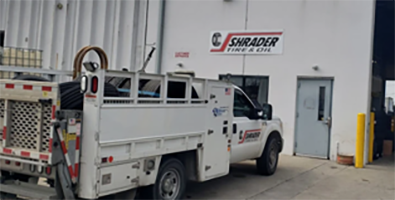
614.445.6601
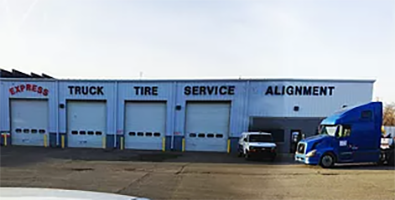
313.386.0451
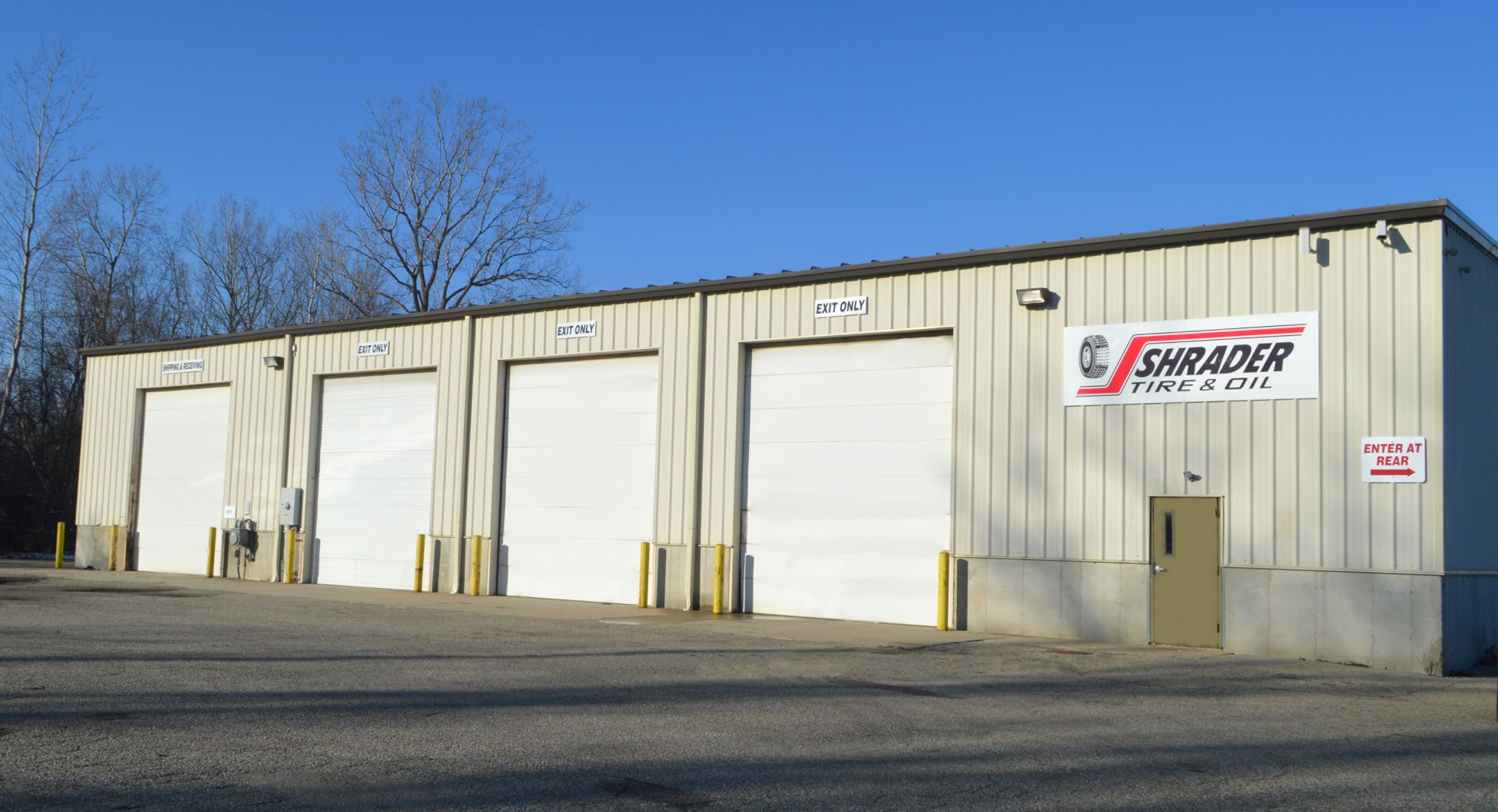
810.288.6458
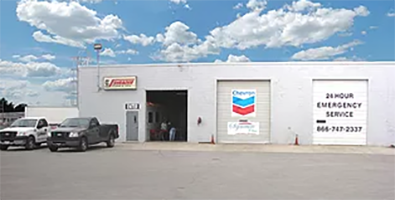
260.420.8435
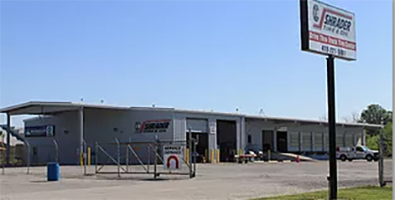
419.221.5001
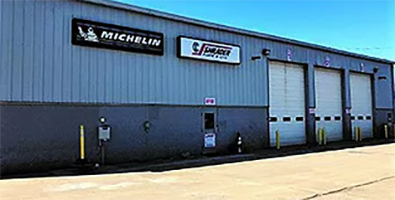
740.788.8032
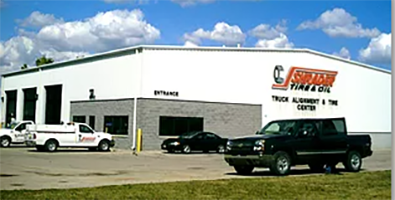
419.727.9468
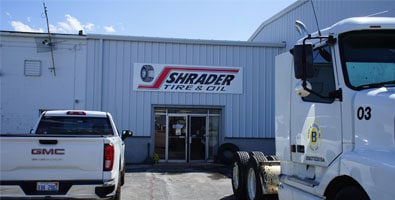
419.837.6591
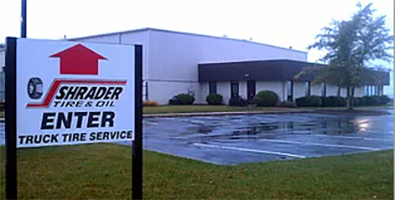
574.968.0067
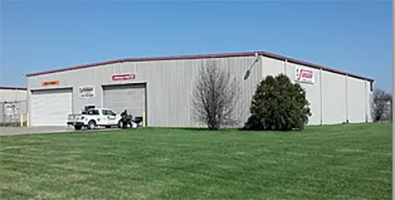
734.434.9300
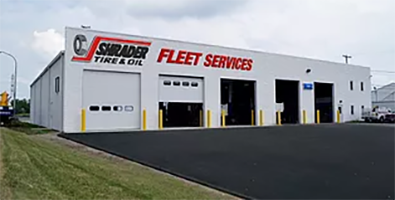
419.720.0422
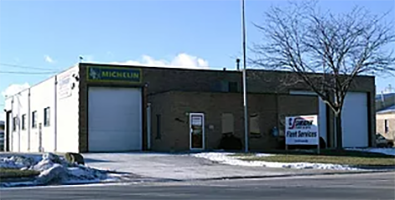
586.777.9030